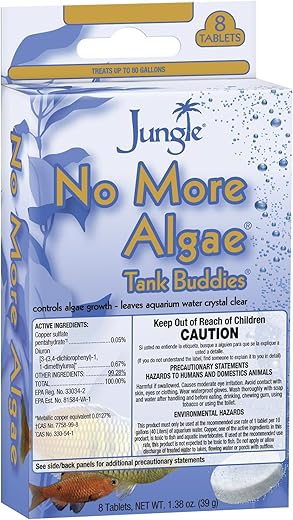









Understanding Clarification Tanks: A Comprehensive Guide
Clarification tanks, often overlooked in discussions about wastewater treatment and industrial processes, play a pivotal role in ensuring that the water we use is clean and safe. But what exactly are these tanks, and how do they function? In this article, we’ll dive deep into the mechanisms of clarification tanks, their importance, and the various types available.
What is a Clarification Tank?
At its core, a clarification tank is a vessel designed to separate solids from liquids. Picture it as a giant filter that allows wastewater to settle, enabling the heavier particles to sink to the bottom while the clearer liquid rises to the top. This process, known as sedimentation, is crucial in various industries, including wastewater management, food production, and chemical manufacturing.
The Science Behind Clarification
How does this separation actually occur? As wastewater enters the tank, gravity takes over. Larger particles, often referred to as “sludge,” settle at the bottom, while lighter materials float to the surface, forming a layer known as “scum.” This natural separation is akin to how oil and water don’t mix—each component has its own density, leading to distinct layers.
But why is sedimentation alone not enough? Well, while the tank can effectively separate solids from liquids, it’s essential to have a system in place for the removal of these separated layers. This is where more sophisticated designs come into play.
Types of Clarification Tanks
There are several types of clarification tanks, each tailored to specific needs:
1. **Circular Clarifiers**: These are the most common type, featuring a circular design that promotes even flow distribution. The shape allows for efficient sedimentation and easy collection of both sludge and scum.
2. **Rectangular Clarifiers**: Ideal for larger volumes, these tanks have a rectangular shape that maximizes surface area. They are often used in municipal wastewater treatment facilities.
3. **Dissolved Air Flotation (DAF) Units**: These tanks use air bubbles to lift particles to the surface rather than relying solely on gravity. This method is particularly effective for removing oils and grease.
4. **Inclined Plate Clarifiers**: With plates angled at a specific degree, these tanks increase the effective settling area, enhancing the separation process. They are often used in applications where space is limited.
The Importance of Clarification Tanks
Why should we care about clarification tanks? Well, the quality of our water supply has a direct impact on public health and the environment. By effectively removing contaminants, clarification tanks help in:
– **Protecting Public Health**: Clean water is essential for drinking, bathing, and cooking. Contaminated water can lead to serious health issues.
– **Environmental Conservation**: Discharging untreated water into natural bodies can have detrimental effects on ecosystems. Clarification tanks ensure that harmful substances are removed before water is released.
– **Industrial Efficiency**: In manufacturing processes, clean water can enhance product quality and reduce equipment wear.
Maintenance Tips for Clarification Tanks
Like any system, clarification tanks require regular maintenance to function optimally. Here are some tips:
– **Regular Inspections**: Keep an eye on the sludge and scum levels. If they get too high, it might be time for a cleanup.
– **Monitor Flow Rates**: Sudden changes in flow can indicate a problem. Ensure that the inflow does not exceed the tank’s capacity.
– **Check for Blockages**: Sometimes, pipes can become clogged. Regularly inspect and clear any potential blockages to maintain optimal flow.
Conclusion
Clarification tanks are unsung heroes in the world of water treatment. By understanding their function and importance, we can appreciate the role they play in ensuring clean, safe water. Whether you’re a homeowner, a business owner, or simply someone interested in environmental health, knowing about these systems can empower you to make informed decisions about water usage and conservation.
FAQs
1. How often should clarification tanks be cleaned?
It depends on the volume of wastewater and the type of tank. Regular inspections are recommended, and cleaning is typically required when sludge levels reach 30% of the tank’s volume.
2. Can clarification tanks be used for drinking water?
While clarification tanks are essential in the water treatment process, additional filtration and disinfection steps are necessary before water becomes safe for drinking.
3. What happens to the sludge collected in clarification tanks?
The sludge is typically removed and can be treated further, often being converted into biosolids for use in agriculture or disposed of in landfills.
